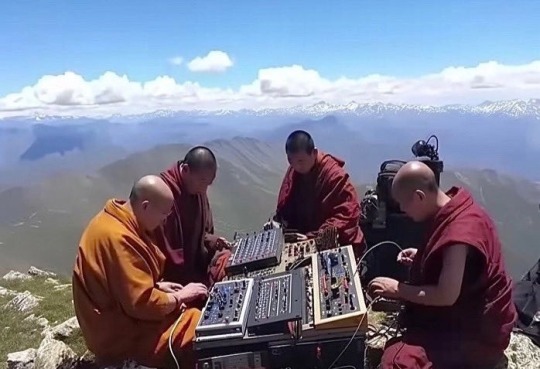#Nepal Tours
Explore tagged Tumblr posts
Text
Why Manaslu Circuit is Nepal’s Most Underrated Trek?
Nepal, the land of the Himalayas, offers countless trekking routes, each with its own allure and challenges. Among them, the Manaslu Circuit Trek stands out as a hidden gem. While trails like the Annapurna Circuit and Everest Base Camp enjoy global fame, the Manaslu Circuit often flies under the radar. However, those who venture into this remote region are rewarded with unparalleled beauty, cultural richness, and an adventure that feels authentic and untouched. Here’s why the Manaslu Circuit is Nepal’s most underrated trek.

1. Breathtaking Scenery
The Manaslu Circuit offers some of the most stunning landscapes in Nepal, rivaling even the Annapurna and Everest regions. Dominated by Mount Manaslu (8,163 meters), the world’s eighth-highest peak, the trek takes you through dramatic valleys, dense forests, and alpine meadows. Each turn reveals towering snow-capped peaks, cascading waterfalls, and pristine glacial rivers. The diversity of the terrain—from subtropical forests at lower altitudes to barren landscapes at higher elevations—makes every day on the trail unique and awe-inspiring.
Highlights include:
Larkya La Pass (5,106 meters): The highest point of the trek offers breathtaking panoramic views of the Himalayas.
Budi Gandaki River Gorge: This narrow, steep-sided gorge is flanked by cliffs and dotted with suspension bridges.
Glacial Lakes: The turquoise waters of Birendra Lake and glacial streams add to the trek's charm.

2. Off-the-Beaten-Path Experience
One of the main reasons the Manaslu Circuit remains underrated is its relatively remote location and lesser crowd density. While popular treks like Everest Base Camp and Annapurna Circuit can feel congested, the Manaslu Circuit provides a sense of solitude and exclusivity. Trekking through this region often feels like stepping back in time, offering a connection with nature and culture that is hard to find on busier trails.
Fewer trekkers mean quieter trails, more intimate experiences, and better chances to enjoy the pristine environment. It’s an excellent choice for those seeking adventure away from the commercialized trekking routes.
3. Rich Cultural Heritage
The Manaslu region is a melting pot of cultures influenced by Tibetan traditions. The trail traverses remote villages where you can interact with the Gurung, Tamang, and Tibetan communities, who have preserved their unique way of life for centuries.
Highlights of cultural experiences include:
Traditional Monasteries: Ancient Buddhist monasteries like the Pungyen Gompa and Mu Gompa are spiritual and architectural marvels.
Tibetan Influences: The region’s proximity to Tibet is reflected in prayer wheels, Mani walls, and colorful prayer flags that line the trail.
Homestays and Tea Houses: Staying in local tea houses gives trekkers an authentic taste of Himalayan hospitality and traditional cuisine, such as dal bhat, tsampa, and Tibetan butter tea.
The Manaslu region is a living museum where trekkers can witness a lifestyle untouched by modernity.

4. Less Commercialization
Unlike the Annapurna and Everest regions, the Manaslu Circuit is still relatively unspoiled by mass tourism. The trekking infrastructure is basic but sufficient, with tea houses providing comfortable accommodation and meals. The absence of luxury lodges and bustling crowds ensures a more authentic Himalayan trekking experience.
The controlled trekking policy, which requires a special restricted area permit and a licensed guide, also limits the number of trekkers, preserving the region’s natural and cultural integrity. This makes the Manaslu Circuit ideal for those seeking a raw and adventurous trek without the distractions of commercial tourism.
5. Challenging Yet Rewarding
The Manaslu Circuit is considered a moderately challenging trek, making it perfect for seasoned trekkers looking for an adventure that tests their limits. The trail involves steep ascents, rocky paths, and high-altitude crossings, particularly the Larkya La Pass. However, the rewards—stunning mountain vistas, a sense of accomplishment, and the pristine beauty of the Himalayas—make every effort worthwhile.
Preparation is key, as the trek requires a good level of physical fitness and acclimatization. The difficulty level adds to its charm, as completing the trek leaves trekkers with a deep sense of achievement.
6. Diverse Flora and Fauna
The Manaslu region is a biodiversity hotspot, home to the Manaslu Conservation Area, which spans over 1,663 square kilometers. Trekkers have the chance to encounter:
Wildlife: Snow leopards, Himalayan thar, blue sheep, red pandas, and various species of pheasants.
Flora: Rhododendron forests, oak trees, and alpine vegetation flourish along the trail, depending on the altitude and season.
Spring (March to May) is particularly stunning, with blooming rhododendrons adding bursts of color to the landscape.
7. Accessible Yet Remote
Despite its remote feel, the Manaslu Circuit is relatively accessible. The trek starts from Soti Khola, a day’s drive from Kathmandu, and circles around the Manaslu massif before ending in Besisahar, which connects to the Annapurna Circuit. The journey takes about 14-18 days, making it a manageable adventure for those with limited time but a desire for a profound trekking experience.
8. Affordable Adventure
Compared to the more commercialized trekking routes, the Manaslu Circuit is a cost-effective option. While it requires permits (Restricted Area Permit, Manaslu Conservation Area Permit, and Annapurna Conservation Area Permit) and a licensed guide, overall expenses for food, accommodation, and transportation are generally lower than those in the Everest region.
9. Perfect Blend of Adventure and Serenity
The Manaslu Circuit is the perfect mix of adventure and serenity. From adrenaline-pumping challenges like crossing Larkya La Pass to peaceful moments spent in remote villages and monasteries, the trek offers an emotional and spiritual journey. The lack of commercialization ensures a raw, immersive experience that feels personal and transformative.
Final words
The Manaslu Circuit Trek is an underrated masterpiece in Nepal’s trekking portfolio. Its breathtaking landscapes, rich cultural heritage, off-the-beaten-path vibe, and challenging trails make it a must-do for adventurers seeking something different from the usual trekking routes. While it may not yet have the fame of Everest or Annapurna, the Manaslu Circuit offers something far more valuable: authenticity, solitude, and an unforgettable connection with the Himalayas.
If you’re looking for a trek that combines natural beauty, cultural richness, and a sense of true adventure, the Manaslu Circuit deserves a spot on your bucket list. So, pack your bags, lace up your boots, and get ready to explore one of Nepal’s best-kept secrets.
0 notes
Text

Blue Himalaya Tours and Travels offer a special discount package for Kathmandu Pokhara and Chitwan Tour. We design tours in Nepal arrangements to over 20 Best Selling destinations in the Himalayan kingdom of Nepal. All the trips can be customized according to your personal requirements, interests, budget, and available time. We offer you abundant ways to get around including coach tours, private tours, group tours, family tours, corporate tours, and more. We, as teamwork, are a one-stop shop for all your travel requirements. We are also an airline consolidator, working with all the leading domestic airlines (Buddha and Yeti), so when you fly with us, you save while still flying in comfort.
0 notes
Text
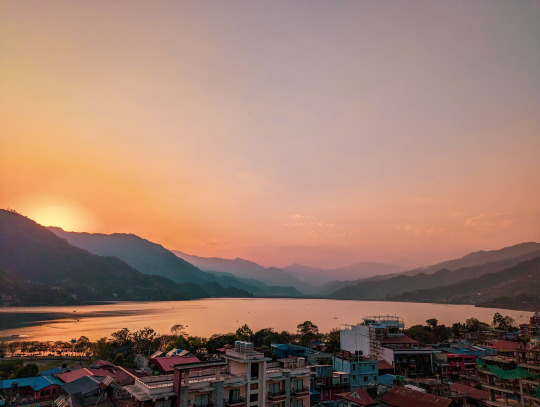
#nepal travel#photography#travel#nature photography#nature#landscape#landscape photography#photographer#nepal tour#nepal trek#pokhara#Asia#asia travel
45 notes
·
View notes
Text

#street photography#street#film photography#fujixseries#fuji x100v#fujifilm#urban photography#films not dead#wanderlust#wanders#travel#travels#vacation#travel bucket list#travel photo diary#wander#explore#nepal#nepali#nepal trip#nepal travel#south asia#kathmandu#streets#busy#asia#everest#himalayas#flight tour#plane window
7 notes
·
View notes
Text
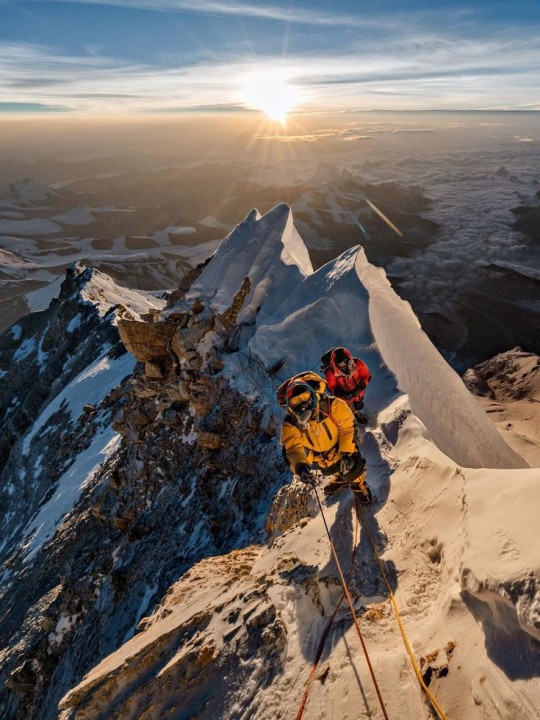
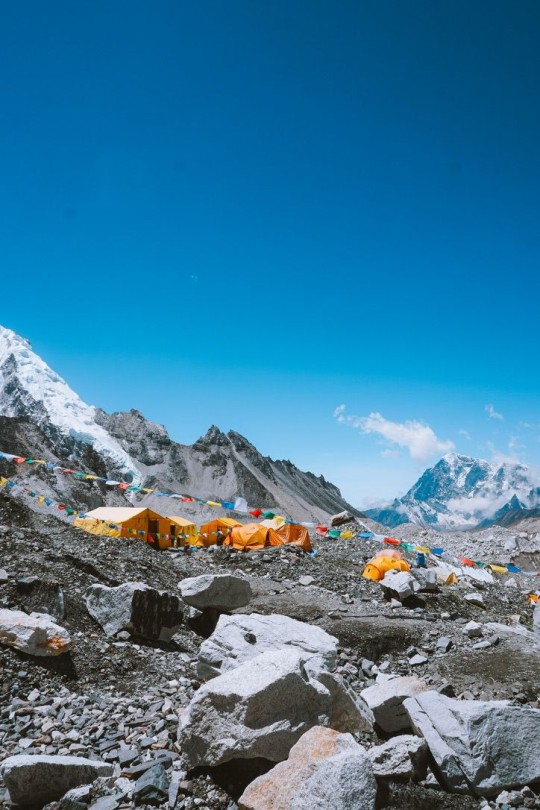
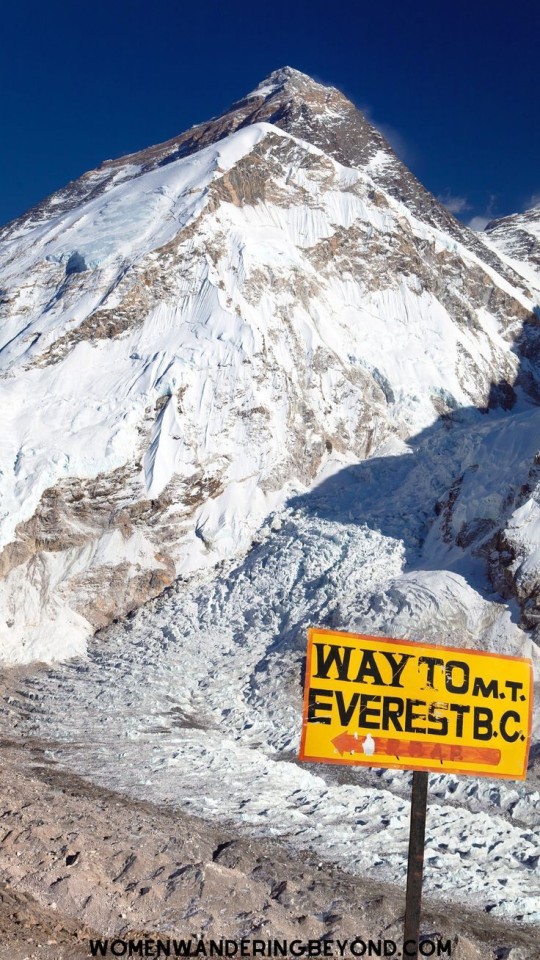
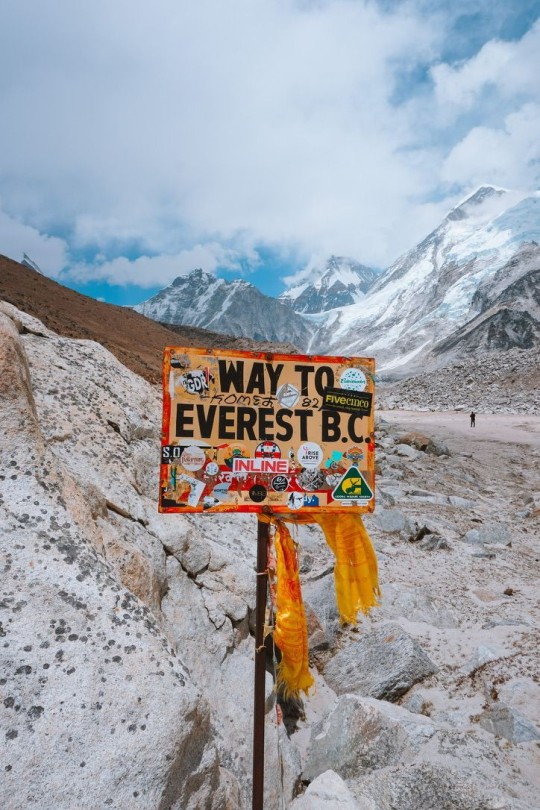

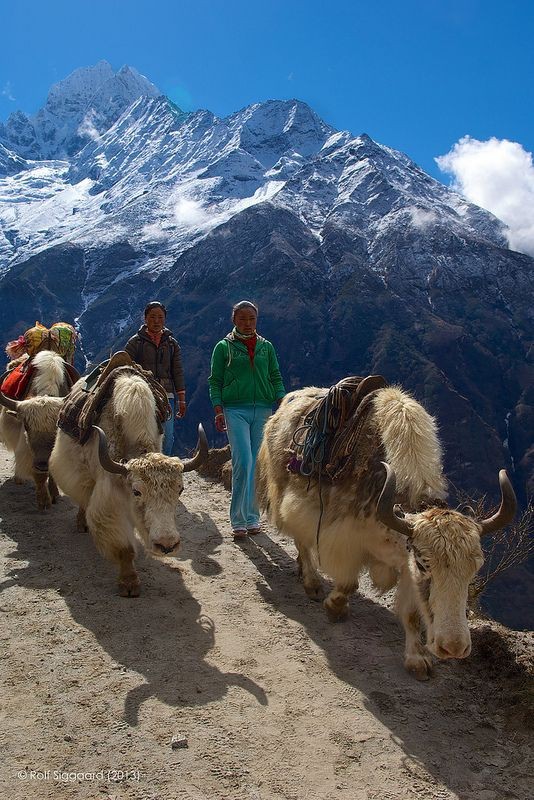
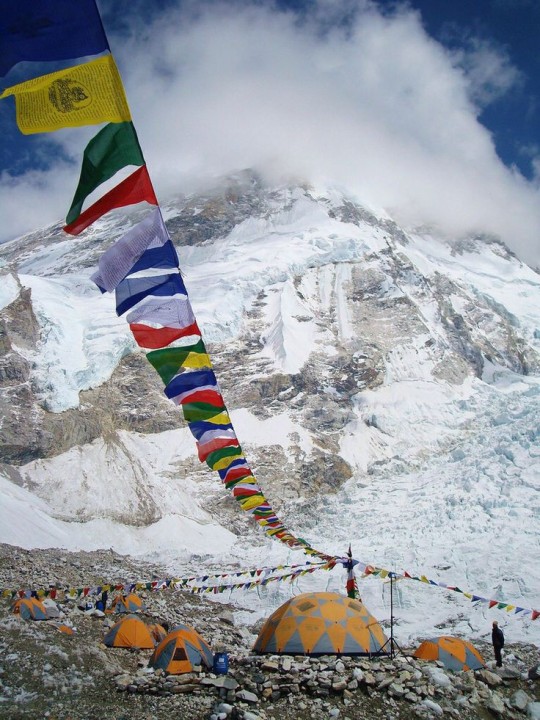
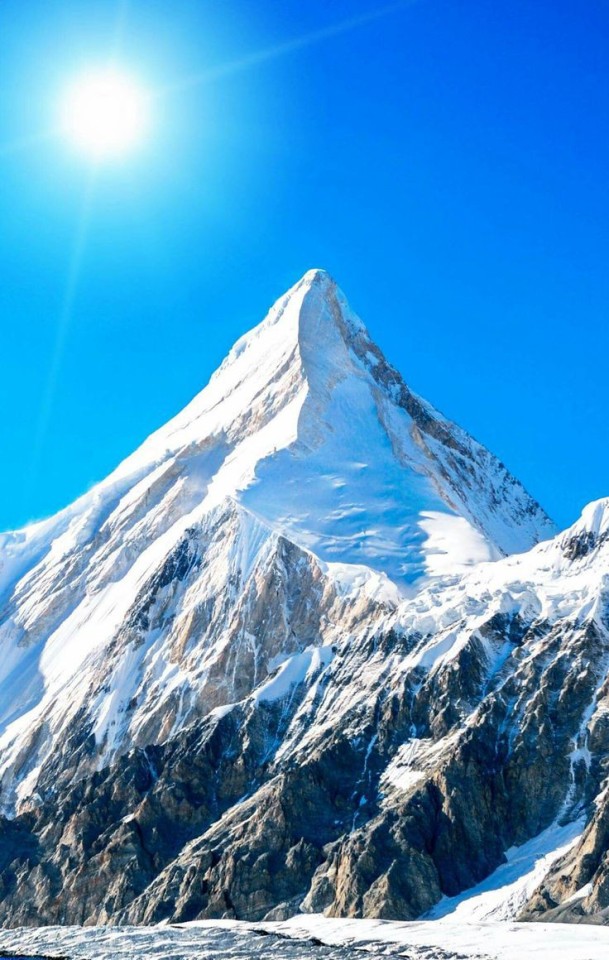
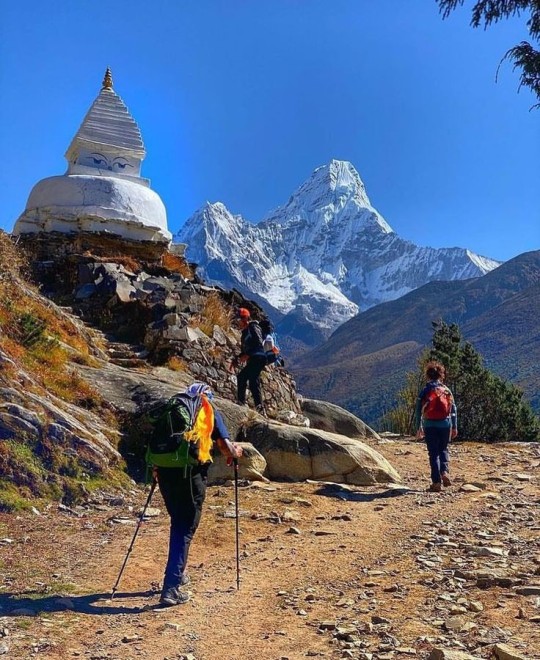
Mt everest, a dream destination.
Pic credit: Pinterest
#mood board#everest moodboard#beautiful moodboard#everest#mountains#trekking#peak of world#base camp#sagarmatha#mountains and it's beauty#snow#dark academia#artists on tumblr#cottagecore#trekking in nepal#nepal tour#nepal travel#pinterest pictures#painting and pictures#pictures from pinterest#paradise#paradise on earth#sky#clouds#mood board of mountains#everest mood board
9 notes
·
View notes
Text
#nepal trip#nepal#trekking in nepal#nepal travel#himalayas#travel blog#nepal holiday package#nepal tour
2 notes
·
View notes
Text
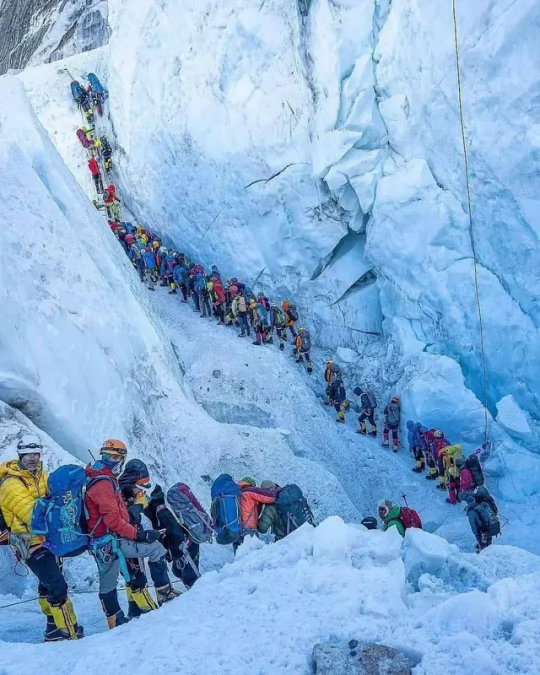
#sightseeing#tour package#traveling#trekking#places#trending#travel photography#himalayas#nepal#travel#trekking in nepal#everest base camp trek#everest base camp helicopter tour#mount everest#mt everest
3 notes
·
View notes
Text
Luxury 2 bedroom American style and pattern apartment for rent modern house plan and setup with pop ceiling lights design very spacious affordable home located at adageorge area of port Harcourt city rivers state Nigeria.
#lagos#abuja#vietnam#wike#bangladesh#nysc#rivers state#nigeria#youtube#portharcourt#Dowen College#XViral#Afe Babalola#Opay#nepal#trekking in nepal#nepali girl#nepal trip#india#morocco#ladakh#nepal tour
2 notes
·
View notes
Text
2 notes
·
View notes
Text

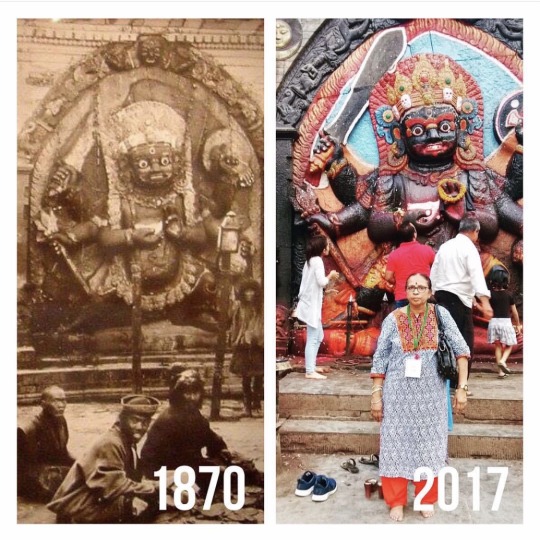
Kaala Bhairav temple, Kathmandu Nepal.
#hindu#hinduism#spirituality#temple#shiva#hindu mythology#lordshiva#parvati#kailasa#krishna#sanathandharma#sanathanadharma#bhairava#kalbhairav#mahakaal#mahakal#katmandu#nepal tour#visit nepal
22 notes
·
View notes
Text
Are you searching for the best off-the-beaten hiking trail in Nepal?






Look no further than the Tsum Valley trek, a remote and untouched paradise where few hikers venture, offering unparalleled tranquility and cultural richness.
Book our 14-day Tsum Valley trek in Nepal, guided by our experienced local experts and supported by reliable porters. Discover hidden monasteries, stunning landscapes, and rich cultural heritage in this serene Himalayan paradise.
Book now: https://www.glorioushimalaya.com/trip/tsum-valley-trek/
Contact us via email or WhatsApp for further information.
Email: [email protected] WhatsApp: +977-9813637616
#travel#tsum valley trek#trekking in Nepal#manslu region trek#hiking#adventure#mountains#himalayas#tours#walking tours#multi-day tours
2 notes
·
View notes
Text
8 Days - Tibet Tour from Nepal Via Everest Base Camp
8-Day Tibet Tour from Nepal - Explore an 8-day Everest camp trip covering destinations Kathmandu, Zhangmu, Tigri Base Camp, Everest base camp, Lhasa, etc.
Book now - https://www.travelogyindia.com/packages/8-days-tibet-tour-from-nepal-via-everest-base-camp.html
0 notes
Photo

Blue Himalaya Tours and Travels offers a variety of Nepal tour packages to suit all budgets and interests.
1 note
·
View note
Text
History And Origin of Nepal: A journey through time
Lying right in the middle of the Himalayas between India and China, Nepal is a country that is full of a whole of history. The story it tells is of myths, legends, dynasties, and influences that flowed on the waves of both the Indian subcontinent and the Tibetan plateau. The origin of Nepal seems to be completely intertwined with geographical elements, religion, and cultural heritage. In this blog, one is introduced to the historical journey of Nepal and formation of Himalayas, from its root to the formation of a modern nation.
Mythological Beginnings: Legends of Nepal's Formation
The history of Nepal opens with mythological accounts about the origin. Ancient legends say that Kathmandu Valley was once a huge lake, inclusive of what today is considered the cultural and historical heart of Nepal. According to this, a Buddhist saint called Manjushree, coming from China, saw a lotus flower falling in the middle of the lake and wanted to reach it. At Chobar, he cut a gorge with his sword thereby allowing it to drain the water so that the valley could be habitable. Thus, the fertile land of the Kathmandu Valley came into being. This mythical event is symbolic of the birth of Nepal. Another popular legend describes how the god Vishnu, in the avatar of a boar, or Varaha, raised Nepal out of the waters. These myths said much not only about how the people of Ancient Nepal viewed their land but also revealed the deep religious meaning always permeating Nepalese culture.
Unification of Nepal: The Rise of the Shah Dynasty
Nepal’s political landscape changed dramatically in the 18th century with the rise of Prithvi Narayan Shah, the ruler of the small principality of Gorkha. He embarked on a campaign to unify the various fragmented kingdoms and principalities of the region. After several attempts, Prithvi Narayan Shah successfully conquered the Kathmandu Valley in 1768, marking the beginning of the Shah dynasty and the creation of modern Nepal. Prithvi Narayan Shah's unification campaign laid the foundation for a strong, centralised kingdom. He strategically kept Nepal independent from both the expanding British Empire in India and the Qing Dynasty in China by maintaining a policy of isolation and diplomacy.
The Collision of India and Eurasia: Birth of the Himalayas
Nepal is home to Himalayas: the home to world's highest peaks, including Mt. Everest.The story of the Himalayas really started when the Indian subcontinent, shortly after it broke away from Gondwana around 100 million years ago, began its drift northward. There laid between the Indian plate and the Eurasian plate at that time the Tethys Ocean. In this process, the Indian plate was submerged underneath the Eurasian plate, and it is both slow and powerful. These movements created strong geological forces which pushed up the sedimentary rocks of the Tethys Ocean, hence creating the Himalayan mountain range. The impact of the collision caused the Earth's crust to fold, that formed the towering peaks of the Himalayas. The immense pressure created large thrust faults, which caused the land to rise vertically. Over time, these processes built some of the highest mountains in the world, including Mount Everest (8,848 meters) and Kangchenjunga (8,586 meters), both of which are located in the Nepalese Himalayas.
Geological Zones of the Nepal Himalayas
The Nepalese Himalayas were divided into a number of distinct geological zones, which reflect their complex history of formation. These include the following:
Terai Plains: This is a flat, fertile region situated on the southernmost part of Nepal, marking the northern edge of the Indo-Gangetic plains. They actually were formed by sediments deposited by the rivers flowing down from the Himalayas.
Siwalik Hills: Lying just north of the Terai, Siwalik Hills are the youngest part of the Himalayas that were uplifted about 10 to 20 million years ago. It is a folded and faulted rock area which has been uplifted relatively recently.
3.The Mahabharat Range: This range lies north of Siwalik, much older, loftier, and with steeply descending slopes enclosing profound valleys. Metamorphic and sedimentary rocks common in this region bear the telltale presence of the gradual uplift that has occurred here over millions of years.
4.Lesser Himalayas: This zone lies north of the Mahabharat Range and consists of a series of hills and ridges that rise up to about 4,000 meters. The Lesser Himalayas are made up of older rocks, mainly sedimentary and metamorphic uplifted during the early phase of collision between the Indian and Eurasian plates.
5.Greater Himalayas: Higher or Greater Himalayas forms the central backbone of this mountain and contains all the highest peaks including Mt. Everest and Kangchenjunga. Ancient metamorphic rocks, mainly schist and gneiss, are dominant in this zone, which has undergone extreme heat and pressure for millions of years.
6.Tibetan Plateau: The Tibetan Plateau forms the northern boundary of the Greater Himalayas, and is rightly called the "Roof of the World." This high-altitude plateau, in turn, had been raised as the Indian plate moved northward and was thrust underneath the Eurasian plate.
Thus, the history of Nepal represents a tapestries history with myths, conquests, cultural achievements, and political upheavals. Starting from the mythological beginnings down to its present-day status as a republic.The history of the Himalayas in Nepal is a long geology that has taken millions of years to unfold. From the first collision between the Indian and Eurasian plates to the towering peaks that now define the region, the Himalayas remain a living testimony to the dynamic forces shaping our planet. That spectacle of beauty and grandeur, yet at the same time a grim reminder of the immense power of nature and the precarious balance between the geological processes of Earth and the fragile ecosystems which find life in their shadow. Nepal's journey through history has taken a path no less dramatic than the landscape it inhabits. As the nation continues to grow, its past shapes its future, guided by the aspirations of the people that populate it.
2 notes
·
View notes
Text

#street photography#street#film photography#fujixseries#fuji x100v#fujifilm#urban photography#films not dead#wanderlust#wanders#travel#travels#vacation#travel bucket list#travel photo diary#wander#explore#nepal#nepali#nepal trip#nepal travel#south asia#kathmandu#streets#busy#asia#everest#himalayas#flight tour#plane window
5 notes
·
View notes
